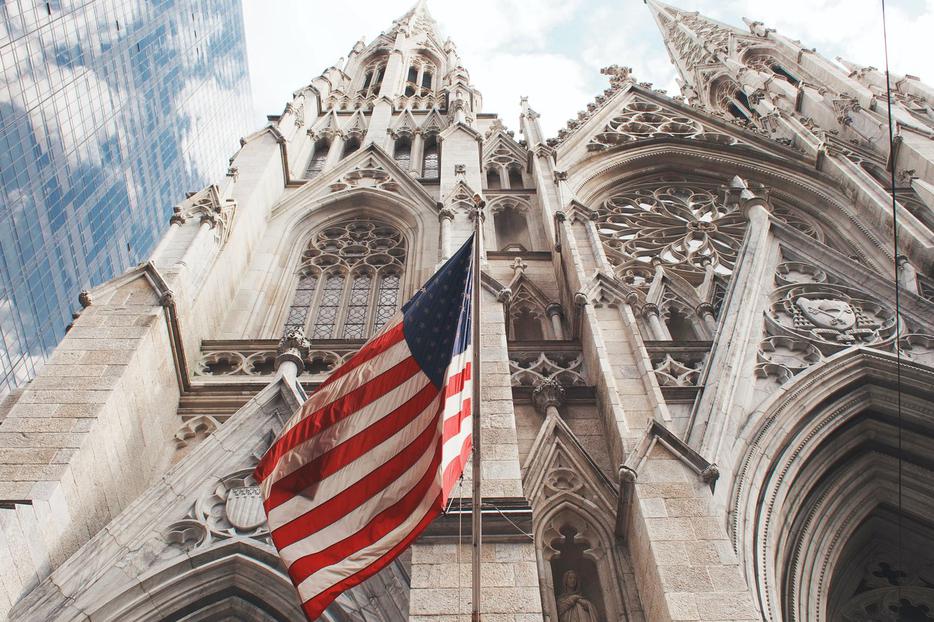New York Dioceses Update Liturgical Restriction Guidelines
Dioceses in the state of New York announced new Mass protocols.

Dioceses in the state of New York updated their COVID-19 guidelines last week, following the recent shift in federal pandemic safety recommendations.
The Archdiocese of New York will once again be using collection baskets, physical bulletins and hymnals in churches, the Gothamist.com reported over the weekend. Vaccinated parishioners may participate in choirs and in altar serving, and unvaccinated parishioners will be seated in separate sections in the church.
In a May 21 press release, the Diocese of Brooklyn announced that churches in Brooklyn and Queens would open to 100% capacity beginning on the weekend of May 22-23. The lift on capacity restrictions would eliminate the need for roping off pews, the diocese said.
Social distancing and masks are still required for parishioners who are unvaccinated, the diocese said, while still encouraging everyone to wear masks inside churches.
Those wishing to serve as a lector, extraordinary minister of Holy Communion, usher or altar server, may do so, the diocese said. Choirs may also resume normal activity, but unvaccinated choir members must continue to maintain social distancing, the diocese said.
The diocese also announced it will be lifting the general dispensation of the obligation to attend Mass on Sundays and holy days of obligation, beginning the weekend of June 5-6. However, those who are feeling ill and those caring for the sick continue to be dispensed from the obligation to attend Mass.
In a letter from Bishop Edward Scharfenberger to the Diocese of Albany, he announced he will remove the general dispensation of the Sunday obligation on Sunday, June 6. However, a particular dispensation for those who are sick or at risk of getting sick, or who experience significant anxiety being in a public setting, will remain in place.
The bishop’s letter said that masks should still be worn at all times, with exceptions for different points in the liturgy, such as Holy Communion. Other mask exceptions include those for the priest and other ministers, for children under the age of 2 years, for those who have a medical condition precluding them wearing a mask, or for those who are “known to be fully vaccinated.”
The letter said that social distancing of 6 feet will be continued at churches, although “account may be taken” of those who are known to be fully vaccinated.
Any shift in practices at parishes may be made effective immediately by the pastor, the letter said.
In the Diocese of Buffalo, a May 23 update includes an allowance for mask removal while sitting in pews inside churches. The diocese still requires parishioners to wear masks upon entering and exiting churches.
Processions at sacramental celebrations may again happen with the use of masks at the discretion of parishes. The diocese said it will not be asking for proof of vaccination for any parishioners. Because vaccine status will not be checked, capacity status at the churches will remain the same.
Choir singing remains prohibited, but parishioners may sing with their masks on, the letter said. The letter noted that school-age children will still be required to wear masks.
In a May 23 joint statement from the bishops of the upstate New York Dioceses of Buffalo, Ogdensburg, Rochester and Syracuse, they announced the expiration of the general dispensation to the Sunday obligation, beginning on June 5 and 6.
The statement said that anyone who is frail or at risk due to advanced age or medical conditions is excused from this obligation.













